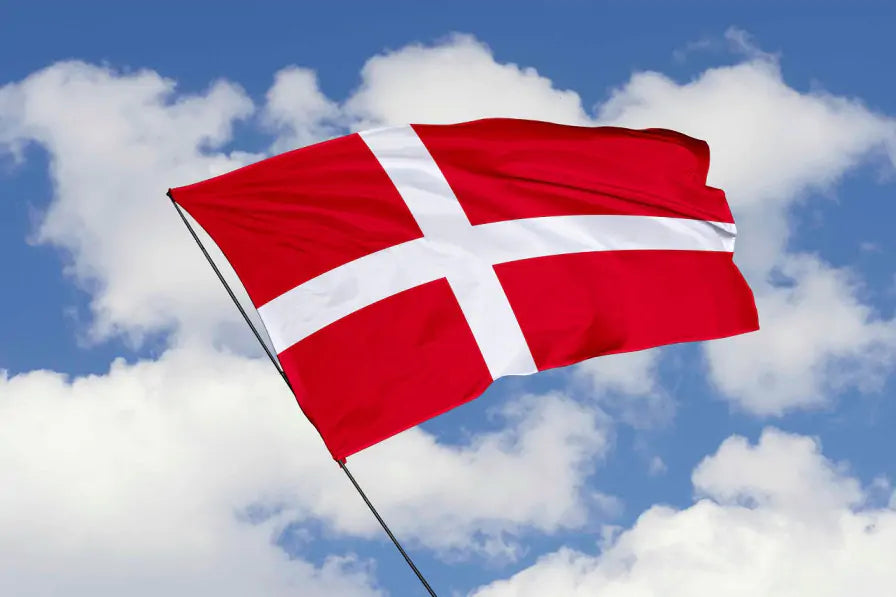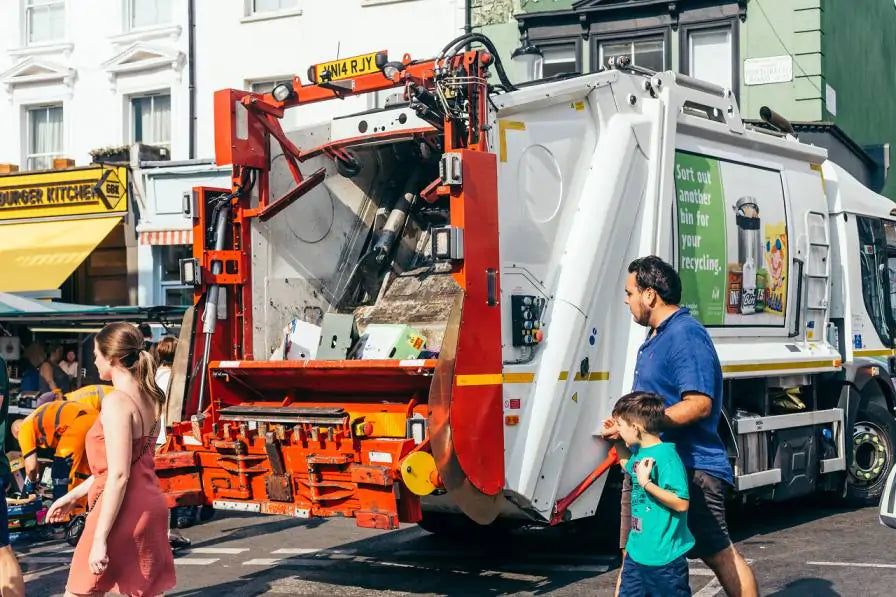Your basket is currently empty.
Shop NowRecycling Around the World A- Z : Denmark

Recycling Around the World A to Z
Denmark
Denmark has a reasonably comprehensive waste management policy, and it has continued to develop in recent years. But there are challenges still to be met in terms of conserving more resources and to ensure the quality of waste.
Aims of Denmark’s waste management policy
The country produces around 13 million tonnes of waste each year, so the main aim is to ensure correct waste collection and treatment while keeping recycling rates high. Local and regional authorities are in charge of waste management, and each authority has their own plan.
Waste prevention is another important policy aim. This is tackled at the grass roots level by better design of products and the use of less harmful products.
Recycling is important too, and in Denmark, around 60% of waste is recycled. More resources are able to be recovered this way.
When waste can’t be recycled, it’s usually incinerated. Energy recovered from this process is used to generate electricity and heat. It is illegal in Denmark to send waste to landfill when it is suitable for incineration.
A comprehensive waste management system
In Denmark, household and commercial waste is dealt with via a comprehensive system, which also encompasses packaging and hazardous waste.
Waste separation is a key part of the collection system, and paper, cardboard and glass are subject to this. Households and businesses have wide access to these systems and make use of them. Larger regions tend to manage their own waste, while smaller regions use waste companies. Special stations have been set up for the management of hazardous waste.

Economic incentives to manage waste correctly
Tax on waste and deposit return schemes
In Denmark, there is a tax on waste. Basically, the tax on landfill makes it an expensive option, it makes incineration slightly cheaper, and recycling is tax-free. There are also ‘green taxes’ on packaging, plastic bags and nickel-cadmium batteries.
There are also deposit-return schemes for beer and soft drinks. The scheme prevents around 390,000 tonnes of waste from going to landfill each year, which is around 20% of domestic waste.
Some councils charge for the management and disposal of certain types of waste such as tyres, which finances the collection and recycling schemes.
There are state subsidies available for firms who want to look into using cleaner technology and for projects which are aimed at solving waste treatment and management issues.
Waste 21
Waste 21 is the government’s plan for managing waste, and it has changed the policy focus from minimising waste and increasing recycling, to improving the quality of waste treatment. This will reduce contamination of waste and save resources.
Categories of waste
The Danish waste management system categorises waste according to the sector that generates it. The main sectors are:
- Building and construction
- Households
- Industry
- Institutions and offices
Each sector generates different kinds of waste, and so collection systems have been developed for their specific requirements.
Building and construction waste
About a quarter of the waste that Denmark produces comes from this sector. This type of waste includes concrete, asphalt, stone, and wood. Around 8% of this waste is sent to landfill and 1% is incinerated. Denmark recycles a huge 92% of construction waste, and taxes are imposed on waste that is not recycled.

Household waste
Denmark generates around 2.8 million tonnes of household waste each year. This amounts to about 20% of the country’s waste. Household waste includes bulky waste and garden waste.
Some household waste, like glass and paper are collected and separated at source. 28% of household waste is recycled. Almost 100% of garden waste is composted.
Recycling centres have been established in many regions to deal with bulky waste.
Industrial waste
Waste from industry makes up about a fifth of the waste generated in Denmark. Taxes have been imposed on certain types of waste which gives businesses an incentive to recycle and reuse materials. Local councils are responsible for industrial waste collection schemes, though the collection of the waste is often contracted out to private companies. Between 60 and 65% of industrial waste is recycled, and 25% is sent to landfill. The aim is to reduce landfill waste to 15% or lower.
Institution and office waste
7% of the waste produced in Denmark is produced in institutions and offices. This works out at about 850, 000 tonnes per year. This waste includes food waste, electronic waste, paper, cardboard, glass, and plastic. There are plans in place to improve the collection of paper and card from offices, and to tighten up the collection of electronic waste which contains hazardous materials that can contaminate land when it is sent to landfill.
